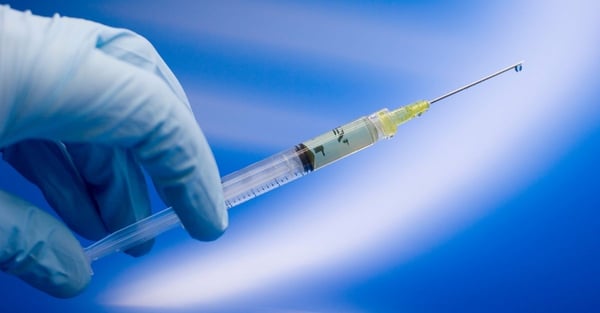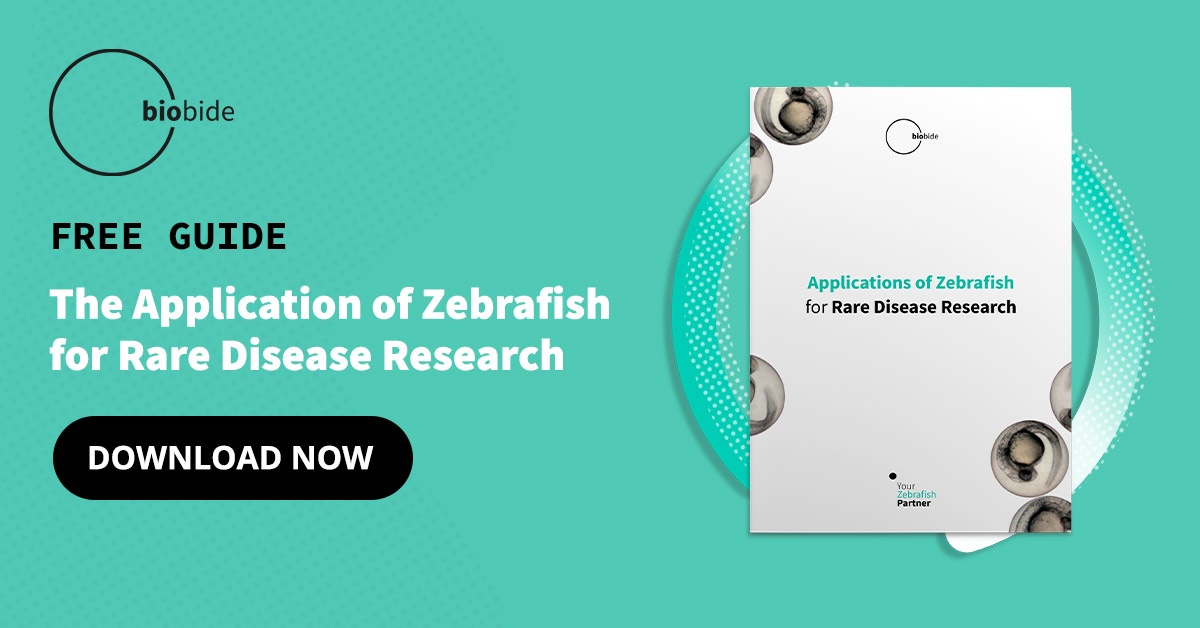The Food and Drug Administration (FDA) drug approval process is a core component of Drug Discovery in the United States. All new drugs are required to go through the FDA’s approval process before they can be released to the market and prescribed by doctors.
Only after a thorough analysis by a team of CDER scientists (Center for Drug Evaluation and Research) can new medicines and treatments be approved for sale in the United States.
The pharmaceutical industry is responsible for performing accurate and reliable tests on new drugs and potential treatments before any thoughts of bringing the medicine to market can begin. The relevant data is sent to the CDER and signals the start of the FDA drug approval process. Upon independent review and verification from the CDER, the FDA determines the safety, toxicity, and efficacy of the new drug, deciding whether or not the new drug will be allowed to be released.

What is the FDA Approval Process?
The many steps and multiple stages of the FDA drug approval process can seem daunting at first. All the tests, assays, and specialized data are meant to ensure the safety, toxicity, and efficacy of new drugs meet very high standards.
With rising submission fees and harsh penalties for any unintended or undiscovered side effects, there is a lot of pressure and attention on assuring accurate and reliable data. Drug companies and the FDA want to have a complete picture of how the new drug will affect human patients.
In order to better understand the full FDA drug approval process, take a look at a simplified version of the multiple steps every drug is required to go through before being brought to market:
Early Drug Discovery
The first stages of research into new diseases and treatments focus on large-scale tests and assays and high throughput screenings. The early stages of Drug Discovery are designed to find many potential candidates as quickly as possible.
Preclinical Studies
After a hit has been identified and a promising molecule or compound has been found, preclinical studies can begin. This stage of Drug Discovery focuses on gathering data around the new drug’s effects on the biological system. Preclinical studies make use of animal models like Zebrafish to better understand safety, toxicity, and efficacy.
Clinical Trials
Once a secure baseline has been established and a new drug has passed the safety, toxicity, and efficacy requirements of preclinical studies, clinical trials can begin. This series of tests on living humans are meant to carefully record and observe how a new drug could affect real patients. Spanning from several months to multi-year studies, clinical trials gather important data on how exactly a new drug will perform once released to the market.
FDA Drug Approval Process
After clinical trials have concluded and reliable data on the new drug’s safety, toxicity, and efficacy have been gathered, the FDA drug approval process can begin. Details from the initial stages of early Drug Discovery and preclinical studies, along with all the information gathered from clinical trials, are sent to the CEDR. Any missing or incomplete data can lead to an immediate refusal and require starting over at the beginning of the process.
Ongoing Safety Concerns
Once approved and processed, the FDA works with the pharmaceutical industry to monitor and review the new drug. Any concerns or questions involving the new drug are quickly addressed and resolved, sometimes translating into harsh penalties and a removal from the market for any unintended side effects.
Zebrafish and the FDA Approval Process
Over the last decade Zebrafish have grown in popularity for drug companies looking to gather reliable data. The small vertebrate fish are well known in the pharmaceutical industry as an alternative animal model that is well adapted to tests and assays for new drugs and their safety, toxicity, and efficacy.
Some of the advantages Zebrafish bring to any company looking to gather data for the FDA drug approval process include:
- Transparent Embryos – Zebrafish develop in transparent embryos allowing for easy and non-invasive observations on how new drugs could affect the biological system.
- Large Clutch Sizes – Zebrafish lay hundreds of eggs and fully develop in less than a week. The quick development cycle and large clutch sizes make Danio Rerio well adapted to the large scale samples required for early Drug Discovery and preclinical studies.
- Sequenced Genome – As well as sharing over 80% of human disease gene DNA, the Zebrafish genome is also completely sequenced. With over 14,000 mutations well established in the scientific community, the small vertebrate fish are readily available and widely adaptable to the tests and assays needed for the FDA drug approval process.
- Cost-Effective – The natural behavior of Zebrafish makes it easy to maintain populations. Working with a preclinical CRO that specializes in Danio breeding like Biobide further simplifies the process, allowing for a continual supply of cost-effective and high-quality alternative animal models.
Zebrafish have found a lot of success as a valuable source of the complementary data needed to begin the FDA drug approval process. Various treatments for behavioral disorders, cancers, and other diseases have already taken advantage of easily obtainable and highly accurate Zebrafish data.





